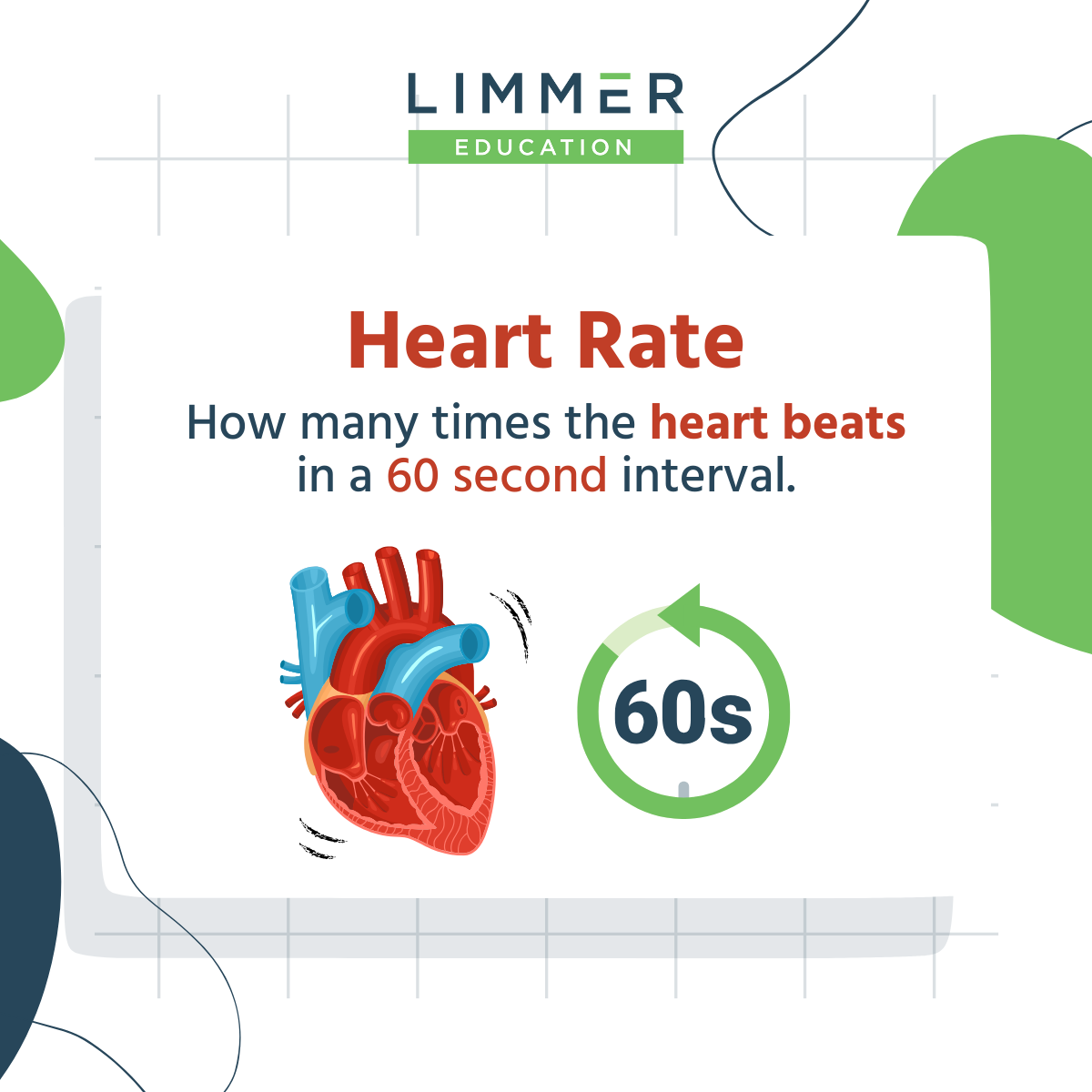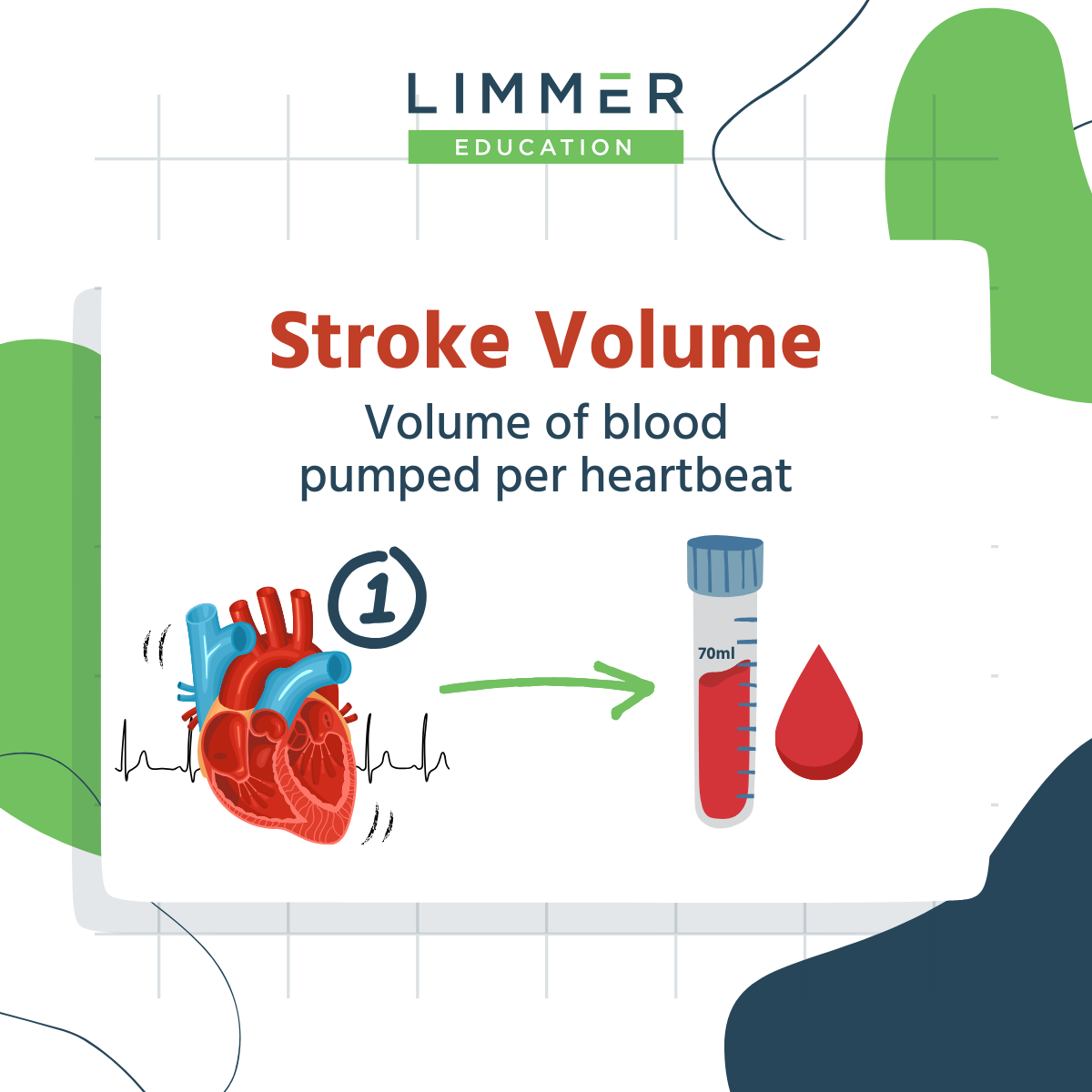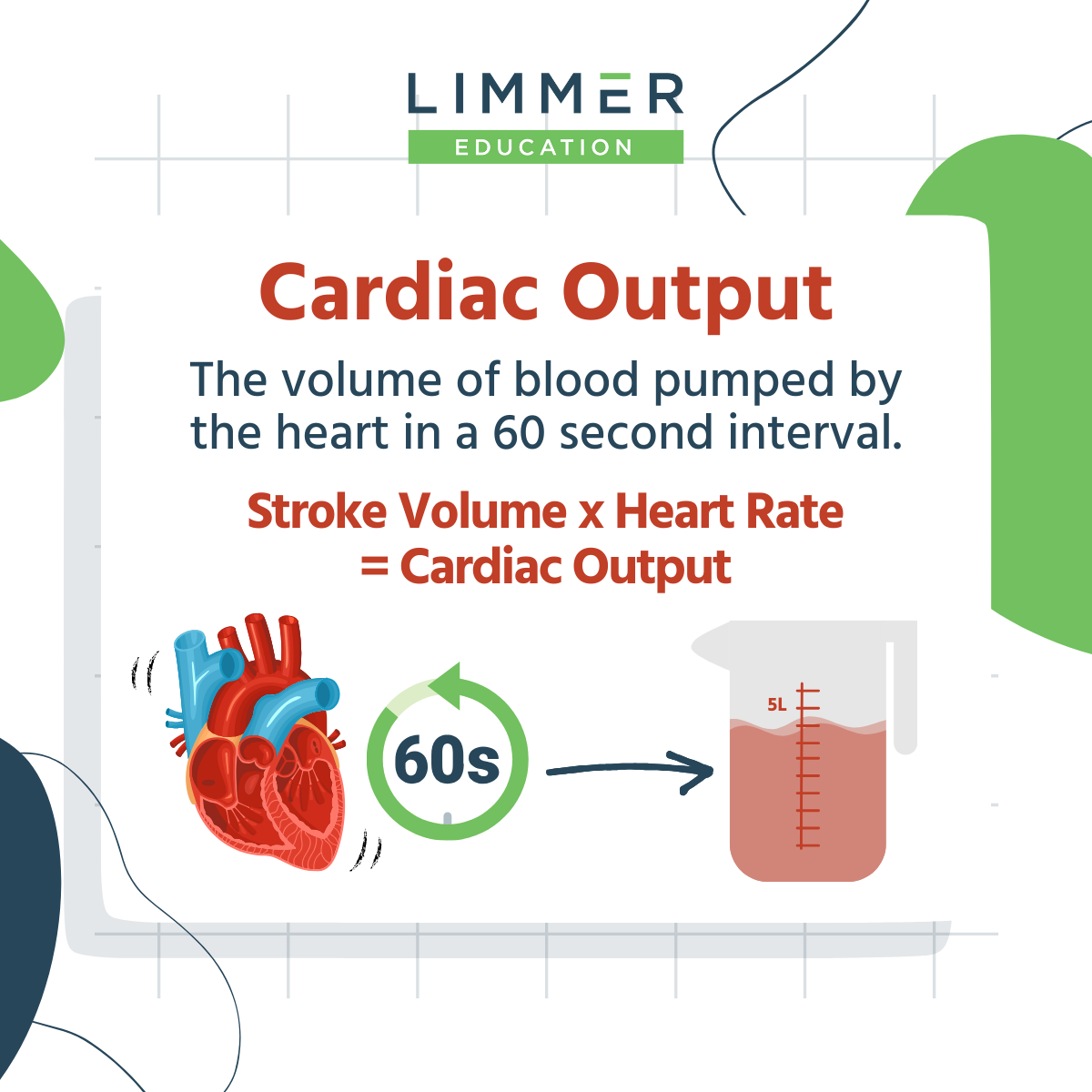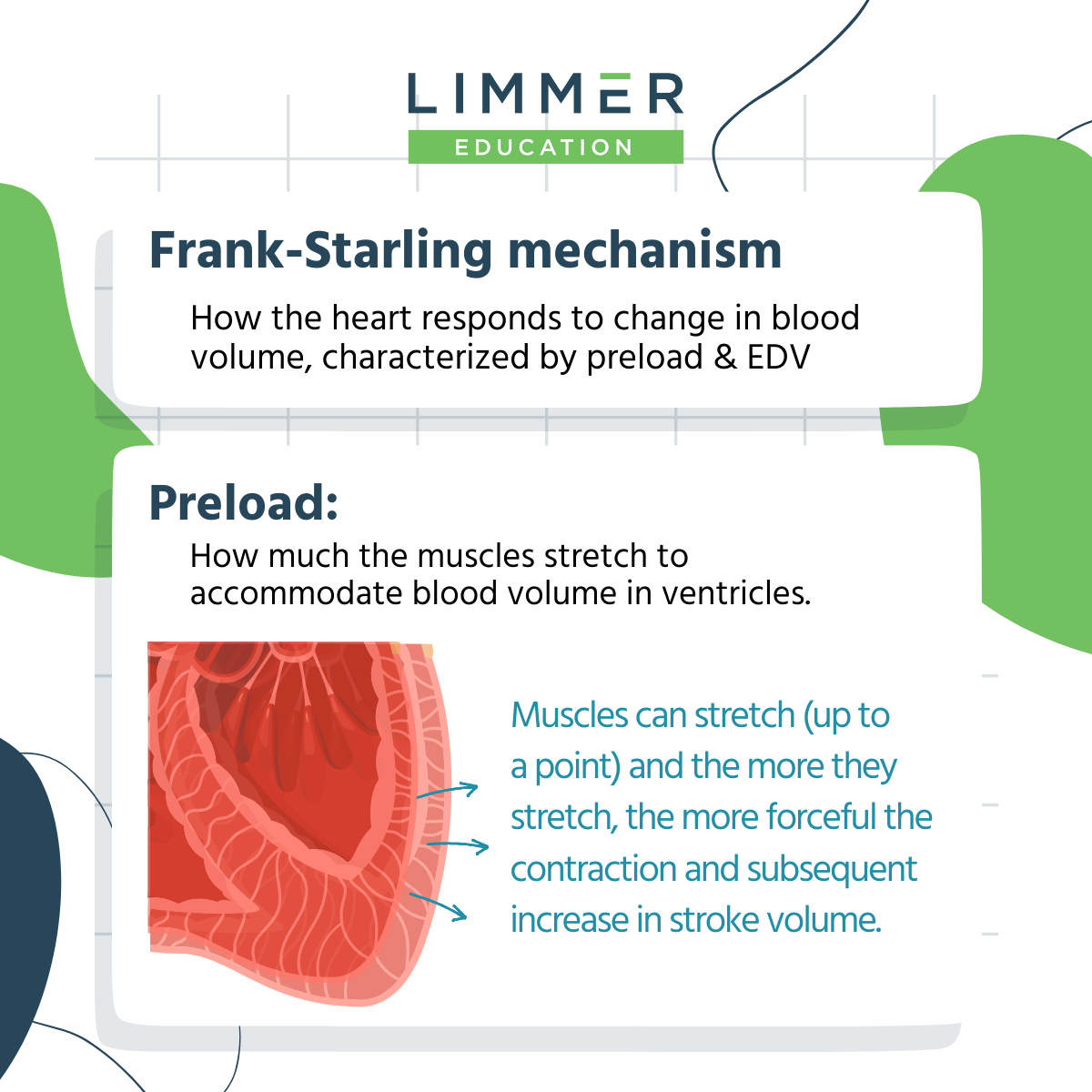
Limmer Education

by Margo Limmer
Our articles are read by an automated voice. We offer the option to listen to our articles as soon as they are published to enhance accessibility. Issues? Please let us know using the contact form.
The heart, at its base, is a pump. What does it pump? It pumps blood throughout the rest of the body. Why? To circulate oxygenated blood. There are a few important figures to understand when trying to understand how we quantify the functions of the heart.
Heart rate is the most understandable and accessible cardiac vital sign. Quantified in beats per minute, or BPM, the heart rate is counting how many times the heart beats every minute.
Stroke volume can seem more complicated to new providers, especially since it doesn’t often get calculated in the field. But it is a surprisingly simple concept, meaning the amount of blood the heart pumps in one heartbeat.
Now that we know the definition of these 2 figures, we can multiply them to calculate the cardiac output. The equation is:
For example, if the heart was beating at a rate of 80 BPM, with a volume of 60 ml, the cardiac output would be 4800 ml.
When the heart is at a higher demand, like during exercise or strong emotional reactions, the heart rate can rise, which also raises the cardiac output. On the other hand, when there are irregular and ineffective heart beats like Ventricular Fibrillation, and the ventricles don’t pump correctly, the cardiac output decreases due to the lowered volume of blood the heart is pumping.



Another key piece of information is the Frank-Starling Mechanism. This is a process that dictates the heart’s response to changes in the amount of venous return. Here are the key ideas to understand the components of the Frank-Starling Mechanism:
Preload
Preload is the degree to which the heart muscles stretch to fit the blood that fills the ventricles.
End-Diastolic Volume (EDV)
EDV is the amount of blood present in the heart's ventricles at the very end of the relaxation phase (diastole) just before they contract to pump blood out. It's the maximum volume of blood the ventricles can hold during the cardiac cycle.
The Frank-Starling Mechanism works by responding to changes in the volume of blood returning to the heart. When the heart's chambers are filled with a larger volume of blood (increased preload), the muscle fibers of the heart stretch. This stretching leads to a more forceful contraction and a subsequent increase in stroke volume, ensuring that the heart pumps out more blood with each beat. Barring irregular heart beats, more EDV leads to more preload, which then results in a higher stroke volume.
While we cannot calculate the exact stroke volume, and therefore cardiac output, the concept can help us understand shock, how it presents, and the physiological process.



Limmer Education

Mike Miller

Limmer Education